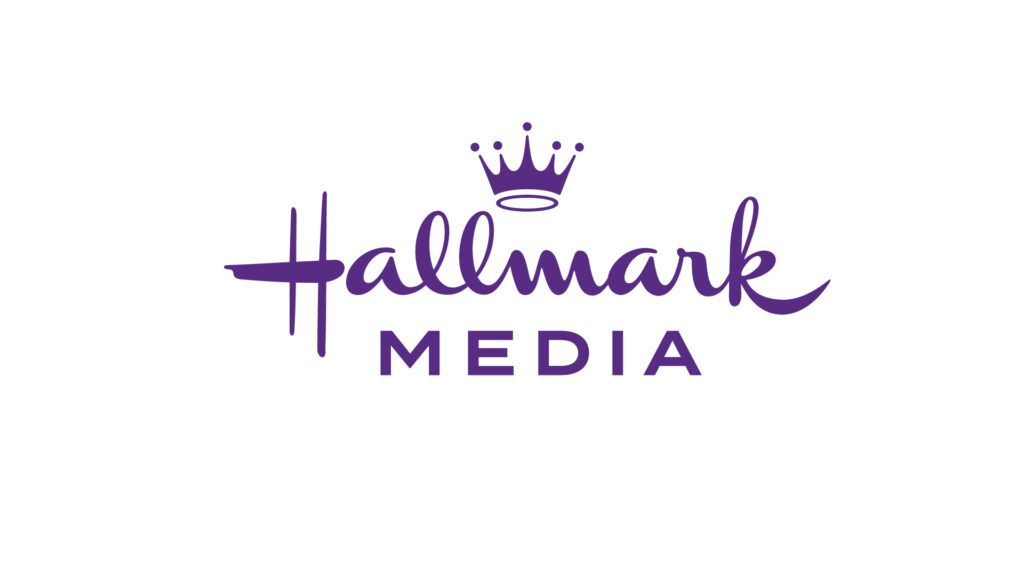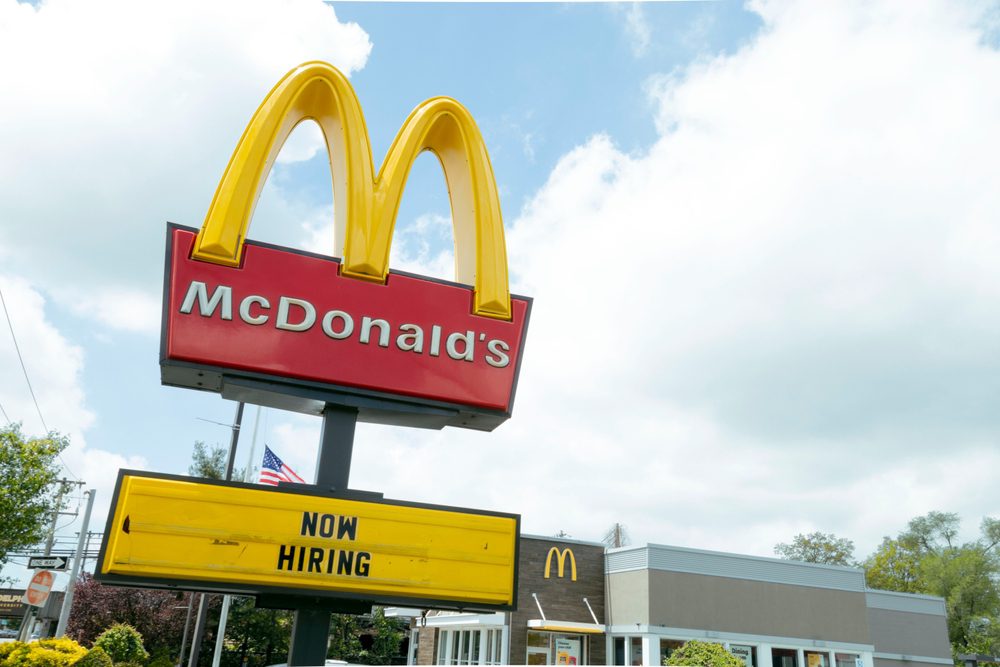Two hits and a miss We’re not all that wild about deregulation of financial services, but we have to admit it’s helped get their creative and competitive juices going, as two recent campaigns amply demonstrate.
Standard Life Bank The integrated marketing campaign for Standard Life Bank’s “freestyle mortgage” is sharp and snazzy. Created by Carlina DraftWorldwide, London, the campaign has been running in Scotland for the past few months. The media mix includes direct mail, space ads, television spots, and a Web site.
The freestyle mortgage offers flexible payments – a payment or two can be skipped here and there – as well as choices like variable or fixed rates. Standard Life’s product may not be as flexible as it seems, but it’s clear the bank wants your business.
Copy is unremarkable, emphasizing benefits, not romance. What really makes this campaign stand out are the graphic themes. The color scheme is high-contrast blue and orange – something we haven’t seen pushed this far since the 1964-65 New York World’s Fair – and the illustrations. The images feature guys with cars, boats or surfboards formed by the letters of the word “mortgage.” We question the surfer, however, since he looks like he’s about to say, “Pip-pip, old dude.”
The eye-catching graphics make this campaign work for us.
CSAA The California State Automobile Association wants to convince its members who have auto insurance to carry homeowner’s coverage with the CSAA. Presumably, it has something more stable in mind than a mobile home.
To reach a target audience of 300,000 members, the CSAA turned to Highway One Communications. (Yes, we checked that. The agency is named Highway One. Remember, this is California.)
With a setup like that, we were expecting the silly season – and Highway One delivered. The cheerfully colored mail piece includes two punch-outs: one can be folded into the sort of Queen Anne house that’s common in both companies’ home base of San Francisco; and the other can be folded into a car.
Given that the definition of the targeted market includes first-time homeowners who often have small children, the activity-book approach is a delightful choice.
Jos. A. Bank Established in 1905, Jos. A. Bank used to be the sort of place that supplied stodgy clothing for men who worked in such stodgy industries as financial services. Over the years, the retailer/cataloger has become less humdrum, if not quite fashionable. A recent visit revealed that Bank has discovered the corporate casual look.
Corporate casual has generated a lot of controversy – not, as you’d expect, about whether a company should go corporate casual, but rather what it is and how you do it. To address that and to help flog merchandise, Bank has come up with a series of books to help men dress right.
Two volumes have come out so far, “Suit Yourself” and “Corporate Casual.” Both are 7-1/2 inches by 6 inches, about 90 pages, and are produced in full color. The men’s clothing presented all comes from Bank. The books are $14.95 each.
What’s wrong with all this? Nothing major, but rather a lot of little things that add up. First, even the two (arguably) best books on the subject of proper male dress published in the past 50 years – John Weitz’s “Man in Charge” and John Molloy’s “Dress for Success” – don’t tell you how to dress well, just how to avoid mistakes. There’s a kind of blandness that sets in from following the instructions.
Second, Bank wants its customers to pay for being told how to dress. At the very least, that should be free, or part of the service provided by the sales staff.
Third, and most important, is that the book has a number of small mistakes and irritations that undermine the project’s credibility. For example, the books are too big to slip into a pocket if you wanted to take one of them along to shop in person. And the list of recommended shoe brands omits Bass, whose Weejuns were the first, and to some the ultimate, in corporate casual footwear. We hope it’s not because Bass has a catalog of its own.
Someone needs to send this back to the tailor for a second fitting.
 Network
Network




